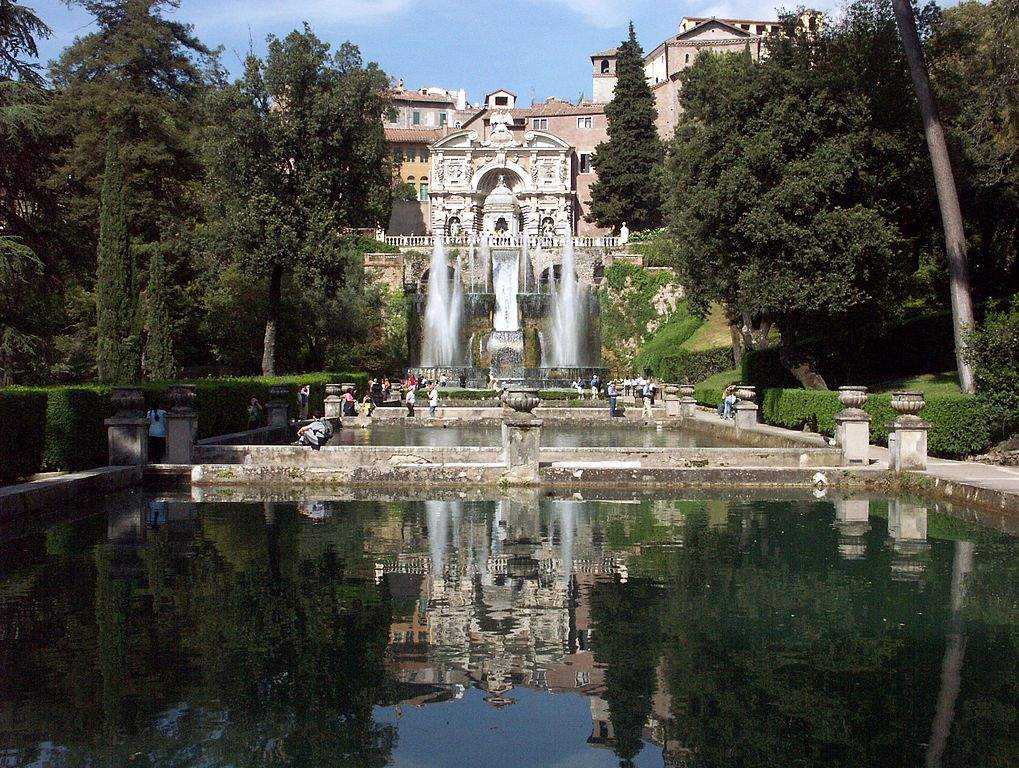A porchetta truck inside Villa d'Este? Tiburtine villas seek street food vehicles for catering
We used to call it the “lurido” (in the north) or the “zozzone” (from Rome on down) and used it mostly on the sidelines of a club night. Now, however, there is no longer the porchettaro truck as we once knew it: it chases quality, is more poetically called a food truck, and no longer sells sandwiches with quintals of cheap sausages, but refined street food specialties for the palates of the most discerning gourmets. And now the former porchettaro takes one more step toward his ultimate entry into the Olympus of gourmet gastronomy: he may in fact aspire to end up inside a museum, and specifically in the spaces of Villa Adriana and Villa d’Este in Tivoli. The idea of serving food and drinks to visitors not through the usual cafeterias, but through street food trucks, is from the director of the Tiburtine complex, Andrea Bruciati, who had already proposed it in 2017, only to be shelved the following year. Now the expression of interest aimed at sandwich truck operators is back, and by the May 15 deadline had garnered as many as four entries.
MiBAC’s notice of May 31, 2019, lets it be known that on June 13 there will be a public opening of envelopes with administrative documentation, and then envelopes with technical bids will be opened. Finally, on June 14, there will be a public opening of the envelopes with economic bids.
But what characteristics must food trucks have to aspire to sell sandwiches and focaccia to visitors to Villa Adriana or Villa d’Este? A maximum length of 3 meters and a maximum width of 1.60 meters, propulsion by electric motor, aesthetics compatible with the context of monumental sites (preferably “light, white or pastel colors,” reads the annex with minimum characteristics), exclusive sale of fresh food products suitable for immediate consumption, and in particular DOP, IGP or STG products and raw materials. Participants must ensure, reads the notice, the "consumption of hot and/or cold beverages and food prepared and/or handled on site (by way of example: sandwiches, piadinas, pizza, first and second courses, etc. etc. possibly also typical specialties of Italian and international gastronomy). Obviously, participants had to be in good standing with Chamber of Commerce registration, licenses and permits required by law, possession of HACCP certifications, and of course the experience to perform the service ensuring an adequate standard of quality.
At Villa Adriana, a van will be placed in the area of the west canopus, there will be another one in the area of the model, and a third one will be located at the Sanctuary of Hercules Vincitor. Two spaces, on the other hand, at Villa d’Este: one in the Grand Avenue and one near the fish ponds. The concessionaires will have to pay a monthly fee of two thousand euros for Villa d’Este and one thousand euros for Villa Adriana, plus a royalty percentage.
In short, will food trucks soon arrive in the Tiburtine villas? And how should the initiative be evaluated? An interesting stunt to promote a different kind of catering, perhaps more inclined to the habits of tourists, or something along the lines of the stalls in Piazza dei Miracoli in Pisa, against which, moreover, the minister of cultural heritage himself, Alberto Bonisoli, spoke out a few weeks ago? There is matter for discussion...
In the photo: Villa d’Este. Ph. Credit
 |
| A porchetta truck inside Villa d'Este? Tiburtine villas seek street food vehicles for catering |
Warning: the translation into English of the original Italian article was created using automatic tools. We undertake to review all articles, but we do not guarantee the total absence of inaccuracies in the translation due to the program. You can find the original by clicking on the ITA button. If you find any mistake,please contact us.





























